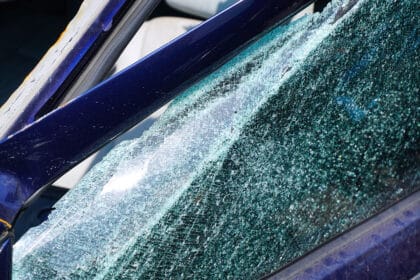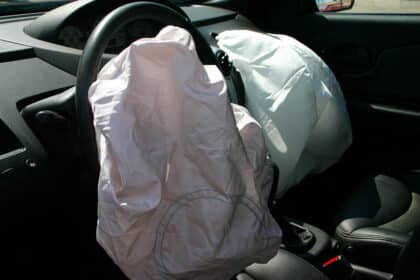 Photo: Elaine with Grey Cats
Photo: Elaine with Grey Cats
Wrong-way crashes are terrifying incidents. That’s why the North Texas Tollway Authority and the Texas A&M Transportation Institute are working together to help drivers manage these potentially catastrophic collisions.
Every year, Texas roadways see about 240 wrong-way drivers, and in October 2019 alone, wrong-way crashes lead to two crashes and three fatalities. To combat these tragedies, Texas officials have turned to both basic solutions and cutting-edge technology.
Safety First: Here’s why Mazda wants to phase out touch screens
According to a study in San Antonio by the Texas A&M Transportation Institute, 72 percent of wrong-way driving incidents occur at night. To counter this, the researchers installed solar-powered “Wrong Way” signs equipped with flashing LEDs. This simple, affordable, easy-to-implement solution curbed wrong-way driving by 40 percent. That inspired the Texas Department of Transportation to introduce flashing signs to other major metropolitan areas, like Fort Worth.
But that’s not the only method that the Texas A&M Transportation Institute has considered. According to TTI Research Engineer Melisa Finley, connected vehicle technology could soon play a leading role in preventing traffic tragedies. With this hypothetical technology, if one vehicle detects a wrong-way driver, it could alert the wrong-way driver, pass the information along to a traffic management center, and warn other right-way drivers about the incoming danger via in-vehicle messages.
Been in an Accident? Get certified service at a trusted collision center
TTI and the North Texas Tollway Authority are currently exploring the advantages and limitations of such systems.
According to Michael Rey of the NTTA, the two organizations are trying to see if their systems can communicate. While many technical details still need to be sorted our regarding vehicle-to-vehicle and vehicle-to-traffic-center communication, the two Texan teams plan to begin testing this technology in early 2020.
Sources: NBC DFW, TAPCO

The News Wheel is a digital auto magazine providing readers with a fresh perspective on the latest car news. We’re located in the heart of America (Dayton, Ohio) and our goal is to deliver an entertaining and informative perspective on what’s trending in the automotive world. See more articles from The News Wheel.









